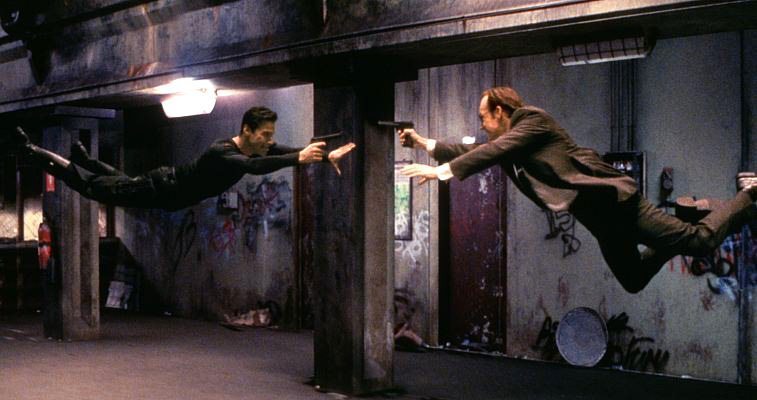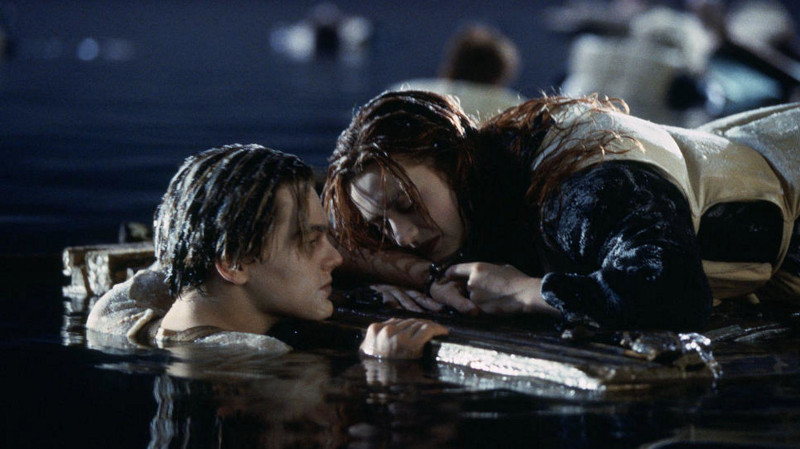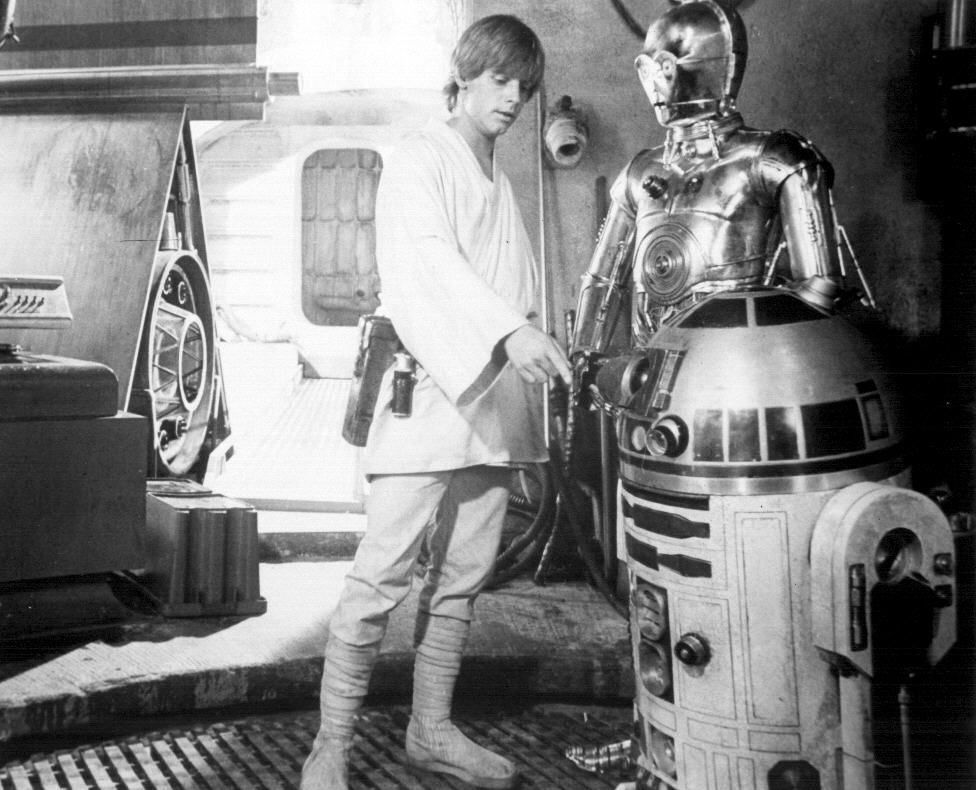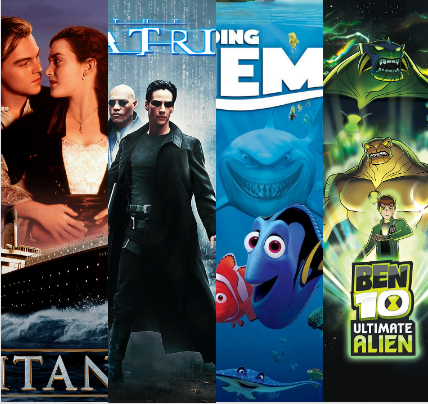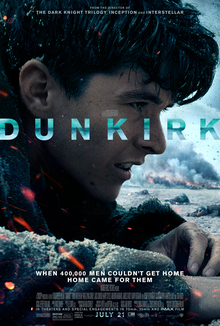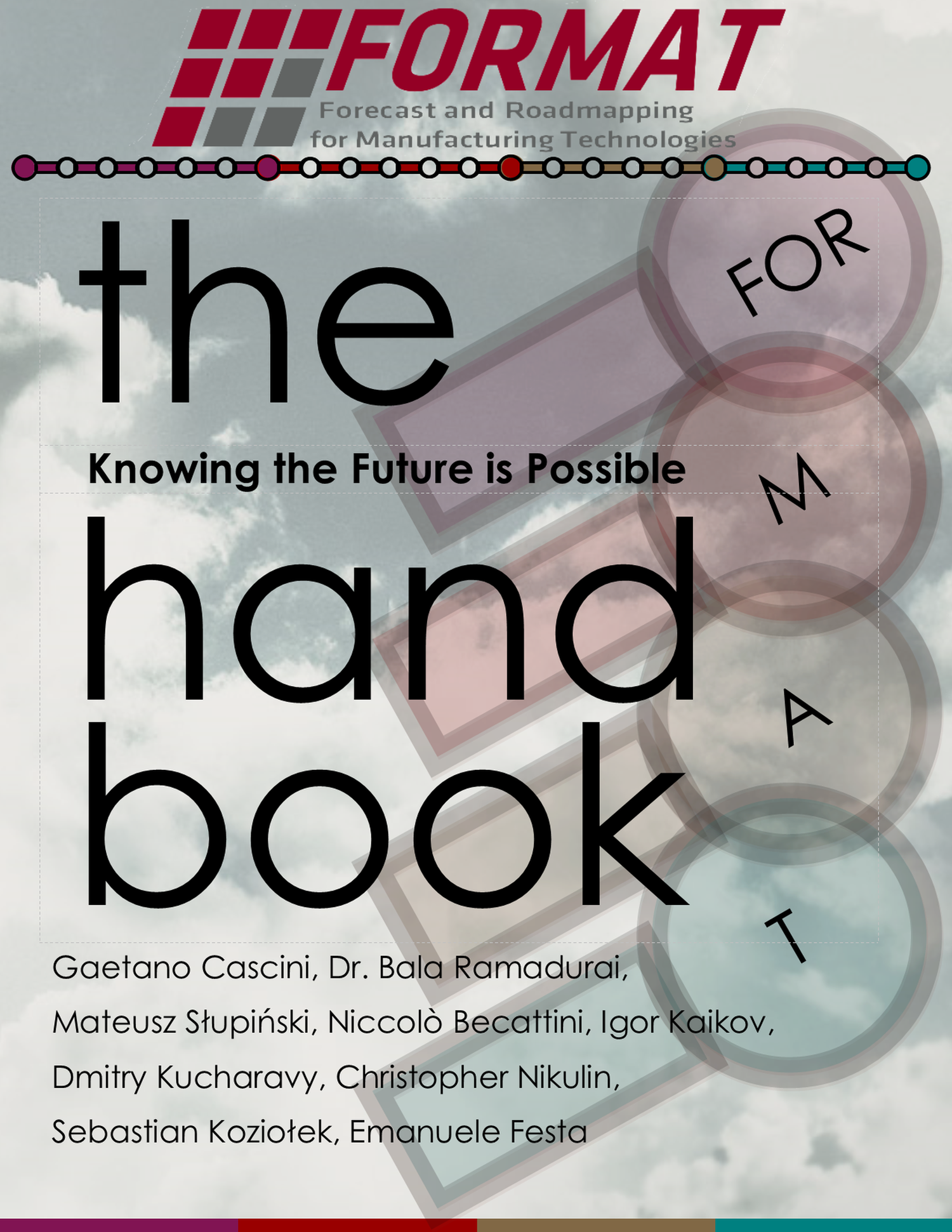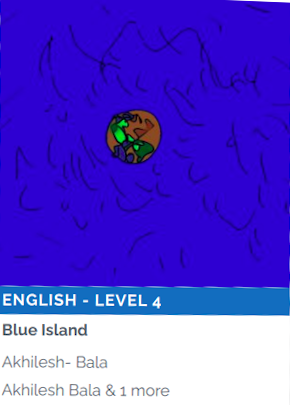COEXIST - Actionable Stories for Sustainable Change - T - Tough challenge
“What makes heroes heroes?” It is the ability to surmount tough challenges that everyone else before them gave up on.
So far, the hero has always had some help and they never truly believed in themselves or their own ability. The heroes were never in such a hopeless situation all by themselves before. We, as authors, have really set them up so that they can excel at what they are really good at, in the story - Be a Hero!
Let’s recap. In the COEXIST storytelling method, we
- chose a hero and an issue in step C;
- wrote our grand story in one-line in step O;
- made our hero “get out” of their comfort zone in step E;
- gave them an external threat for them to battle in step X;
- moved the hero from reaction to action in step I;
- removed the help of their best friend/mentor in step S;
- and now, pit them against the very thing that they never faced before on their own.
Let’s go back to the stories that we have been tracking.
In Finding Nemo, Marlin has to now fight his worst enemy, his own parental instinct, to let his son do his own thing. The toughest challenge he faces is to help Dory, who is caught in a fishing net, while protecting his son, Nemo.
In The Matrix, Neo has to now fight his worst enemy, Agent Smith. One of the toughest challenges he faces is Agent Smith in the subway station, followed by many more interactions with the Agents, all this while trying to get back to the ship within time (There are sentinels attacking the ship in the real world).
In Titanic, Rose has to now fight for survival against all odds. With Jack gone, Rose has to get picked up by the rescue teams, not be detected by Cal and still make a life for herself as she had promised Jack before he died.
How do you perform the step of T - Tough Challenge?


